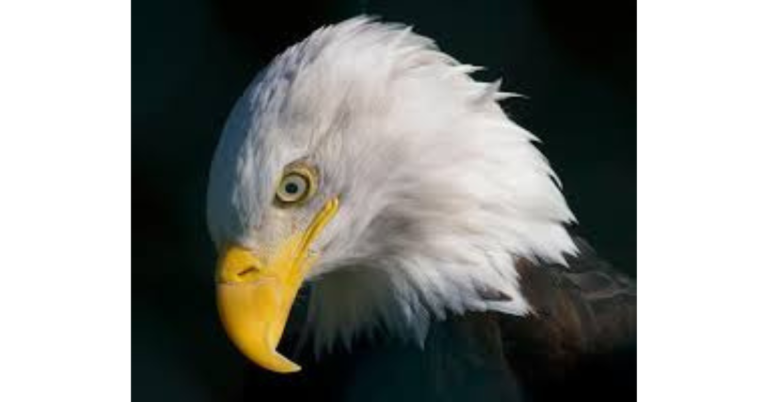Ground-Nesting Birds:
Evolutionary Background
Ground-nesting birds have evolved unique adaptations to thrive in environments where trees and shrubs are scarce. By nesting on the ground, these birds are exposed to a wide range of predators, including mammals, birds of prey, and reptiles. Despite these challenges, ground-nesting birds have developed sophisticated strategies to protect their nests and offspring, ranging from camouflage and nest architecture to vocalizations and distraction displays.
Diversity and Distribution
Ground-nesting birds are found in diverse habitats around the world, from grasslands and savannas to deserts and tundra. Lapwings, in particular, are widely distributed across Europe, Asia, and Africa, where they inhabit open landscapes such as farmland, wetlands, and coastal areas. Their adaptability to different environments makes them valuable indicators of ecosystem health and biodiversity.
Lapwings: Ecology and Behavior
Nesting Behavior
Lapwings are renowned for their distinctive nesting behavior, which involves creating shallow scrapes in the ground lined with grass, leaves, and other vegetation. These nests are typically located in open areas with good visibility, allowing the birds to detect approaching predators. Lapwings often select nest sites near water bodies or in agricultural fields, where the soil is soft and easy to excavate.
Predator Defense
The primary predators of lapwing nests include foxes, corvids, and other ground-dwelling mammals and birds. To protect their nests and eggs, lapwings employ a range of defensive strategies, including camouflage, distraction displays, and mobbing behavior. The shape and placement of the nest play a crucial role in these defense mechanisms, allowing lapwings to conceal their presence and confuse potential predators.
Vocalizations and Alarm Calls
Lapwings are highly vocal birds, known for their distinctive calls and alarm signals. When threatened, lapwings emit loud, piercing calls to alert nearby conspecifics and deter predators. These vocalizations serve as a form of communication within the breeding pair and the surrounding community, enabling coordinated responses to perceived threats.
The Role of Nest Shape in Predator Avoidance
Research Findings
Recent studies have revealed the importance of nest shape in the predator avoidance strategies of lapwings. Researchers have observed that lapwings often construct their nests with a concave or bowl-shaped depression, which enhances their ability to conceal themselves and their eggs from predators. By shaping the nest in this manner, lapwings create a natural camouflage that blends in with the surrounding environment, making it more difficult for predators to detect.
Camouflage and Visual Disruption
The bowl-shaped nest acts as a form of visual disruption, breaking up the bird’s outline and reducing its visibility to predators. This adaptation is particularly effective in open habitats where predators rely on visual cues to locate prey. By minimizing their exposure to potential threats, lapwings increase the likelihood of nest survival and reproductive success.
Environmental Context
The effectiveness of nest shape as a predator avoidance strategy depends on various environmental factors, including vegetation cover, substrate type, and predator abundance. Lapwings may adjust the shape and placement of their nests in response to changing environmental conditions, optimizing their chances of survival in dynamic landscapes.
Implications for Conservation and Management
Habitat Management
Understanding the predator avoidance strategies of lapwings has important implications for habitat management and conservation efforts.hancock bird By preserving and enhancing suitable nesting habitat, such as grasslands and wetlands, conservationists can support the breeding success of ground-nesting birds and promote population recovery in declining species.
Human Disturbance
Human disturbance poses a significant threat to ground-nesting birds, including lapwings, by disrupting nesting activities and increasing vulnerability to predation. Conservation measures aimed at minimizing human disturbance, such as restricting access to nesting sites during the breeding season, are essential for the long-term survival of these species.
Climate Change
Climate change is expected to have profound effects on the distribution and abundance of ground-nesting birds, as shifting environmental conditions alter habitat suitability and predator-prey dynamics. Conservation strategies must address the impacts hancock bird of climate change on nesting habitat and incorporate adaptive management approaches to mitigate potential threats to vulnerable populations.
Future Research Directions
Behavioral Ecology
Future research on lapwings and other ground-nesting birds should focus on the behavioral ecology of predator avoidance strategies,hancock bird including nest architecture, parental care, and anti-predator behavior. By integrating field observations, experimental studies, and modeling approaches, researchers can gain a comprehensive understanding of the factors influencing nest survival and reproductive success.
Technological Advances
Advances in technology, such as remote sensing, GPS tracking, and bioacoustics, offer new opportunities to study the ecology and behavior of ground-nesting birds in unprecedented detail. These tools enable researchers to collect data on nest site selection, hancock bird predator interactions, and habitat use over large spatial and temporal scales, enhancing our ability to conserve and manage these species effectively.
Conclusion
The shape of their nests and surroundings plays a crucial role in the predator avoidance strategies of lapwings and other ground-nesting birds. By shaping their nests with concave or bowl-shaped depressions, lapwings create natural camouflage that helps conceal themselves and their eggs from predators. This adaptation, combined with other defensive behaviors such as vocalizations and distraction displays, enhances the birds’ chances of survival in environments where predation risk is high. Understanding the ecological significance of nest shape in predator avoidance can inform conservation and management efforts aimed at protecting ground-nesting birds and their habitats for future generations.

